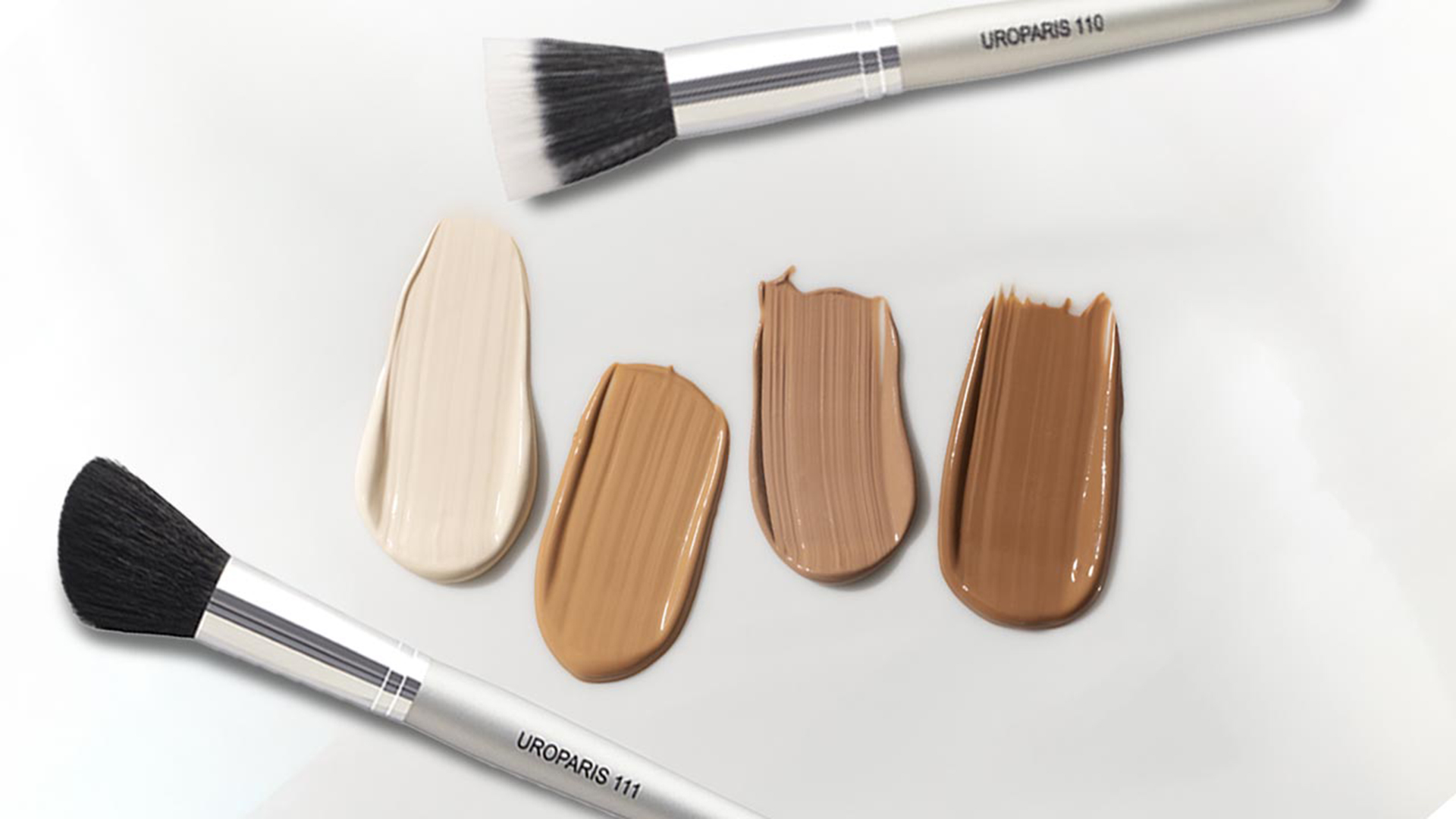Finding that one true match may not be possible in makeup, but you can get pretty close. If you’re a makeup artist or a fanatic, understanding undertones can help you skip any makeup blunders.
Undertone is the natural hue or tone below the surface of the skin. And yes, there is a difference between skin tone and undertone. While skin tone refers to your skin’s color, the undertone is the color within that shade. Our skin tone can change over time due to many external factors, but our undertone remains the same. Even people with the same skin color can have completely different undertones. Now, before we jump into how to identify your undertone, let’s discuss the different types of undertones.
Types of Undertones:
Irrespective of where you fall on the skin color spectrum, your undertones will fall into these three sub-groups only:
- Warm: If you see traces of golden, red, yellow, or peachy hues, it comes under a warm undertone.
- Cool: Cool undertone usually carries hues of blue, pink or red undertones.
- Neutral: A neutral undertone has a mix of both cool and warm undertones.
Identifying Your Undertone:
Professional makeup artist or not, here are some of the ways to help you determine different undertones:
- The ‘Vein’ way – Look at your veins; cooler undertones reveal themselves through blue, purple, or reddish veins, while green veins indicate warmth. If it’s tricky to distinguish, you may have a neutral undertone.
- The White Paper Check – Stand in natural light by a window, place a white paper near your face, and observe. If your skin appears pink or red, you have cooler undertones. If it looks yellower, your undertones are warmer. No noticeable shift? You likely have a neutral undertone.
- The Jewelry Test – Wear both gold and silver pieces and observe in the mirror. If gold enhances your skin, you likely have warm undertones. If silver compliments you better, cooler undertones it is. Keep in mind, this test is subjective, so use it as a final consideration.
Makeup that Works best on Different Undertones
Now that you can identify your undertone consider these color palettes for different undertones when selecting eye, lip, or blush shades for yourself or your client:
- Warm Tones: These undertones favor more earthy colors like yellows, oranges, browns and corals. Lighter colors also compliment warm undertones well.
- Cool Tones: These undertones look beautiful in soft pinks, purples, beige and grays. Blue and green will suit too.
- Neutral Tones: Best suited with bold and bright colors, neutral undertones can explore a range of colors from reds, blues, and greens to a lot of warm and earthy tones as well.
Discover the power of matching your makeup to your undertones! Highlight your best features and achieve a glowing complexion that will leave you feeling confident and beautiful.
Check our page for makeup tips and tricks at Uroparis.







